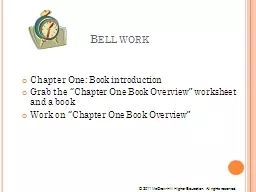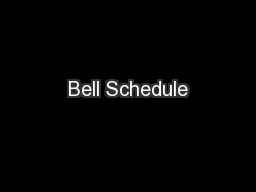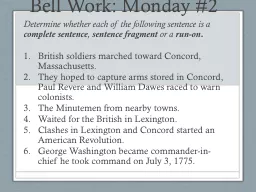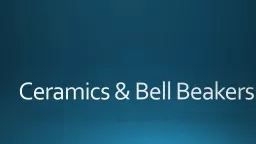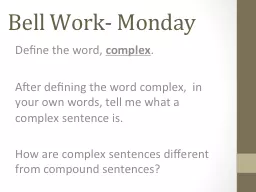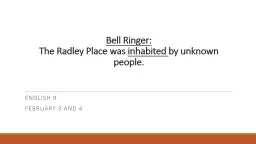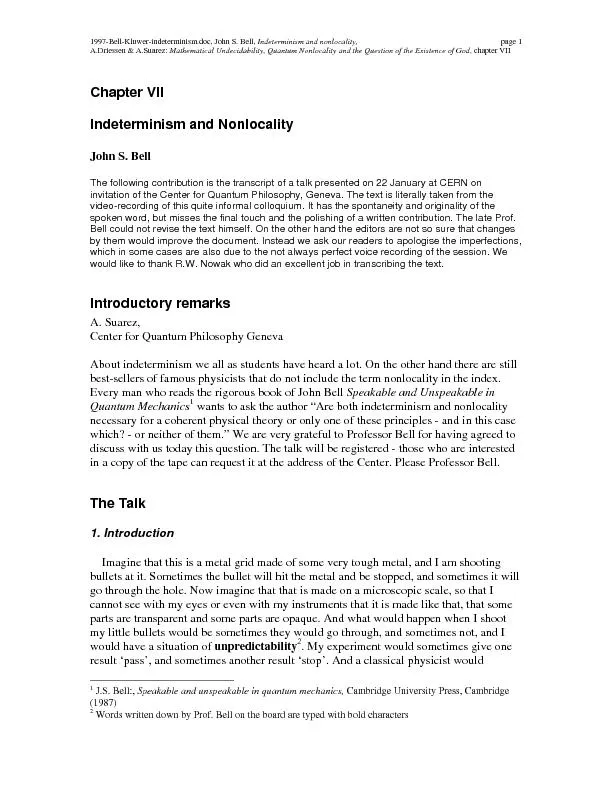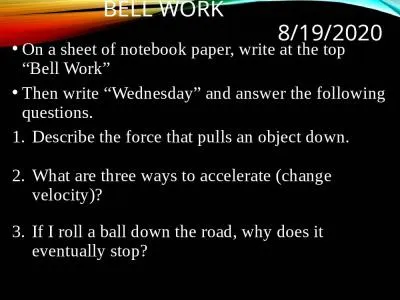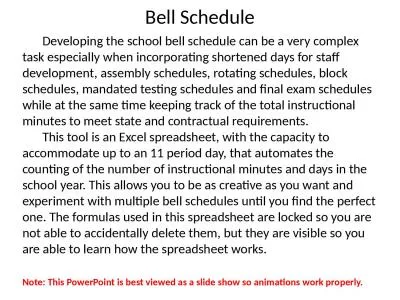PPT-Bell work Chapter One: Book introduction
Author : phoebe-click | Published Date : 2018-11-06
Grab the Chapter One Book Overview worksheet and a book Work on Chapter One Book Overview Objective Topic Athletic Trainer as a Health Care Provider Do Describe
Presentation Embed Code
Download Presentation
Download Presentation The PPT/PDF document "Bell work Chapter One: Book introduction" is the property of its rightful owner. Permission is granted to download and print the materials on this website for personal, non-commercial use only, and to display it on your personal computer provided you do not modify the materials and that you retain all copyright notices contained in the materials. By downloading content from our website, you accept the terms of this agreement.
Bell work Chapter One: Book introduction: Transcript
Download Rules Of Document
"Bell work Chapter One: Book introduction"The content belongs to its owner. You may download and print it for personal use, without modification, and keep all copyright notices. By downloading, you agree to these terms.
Related Documents

